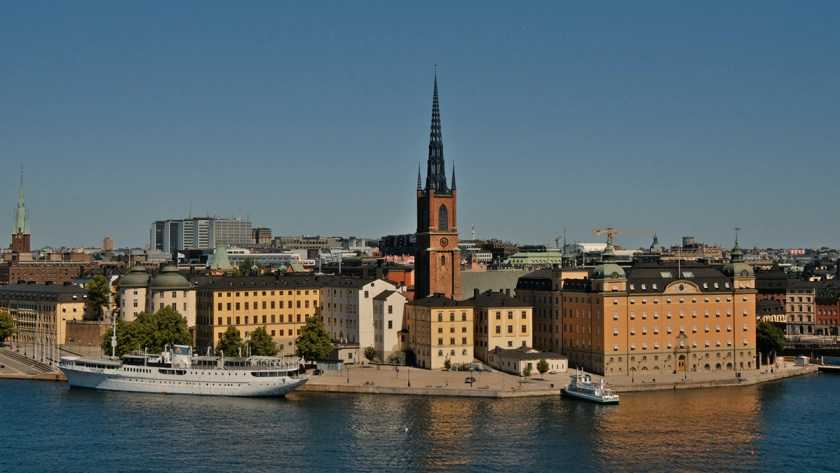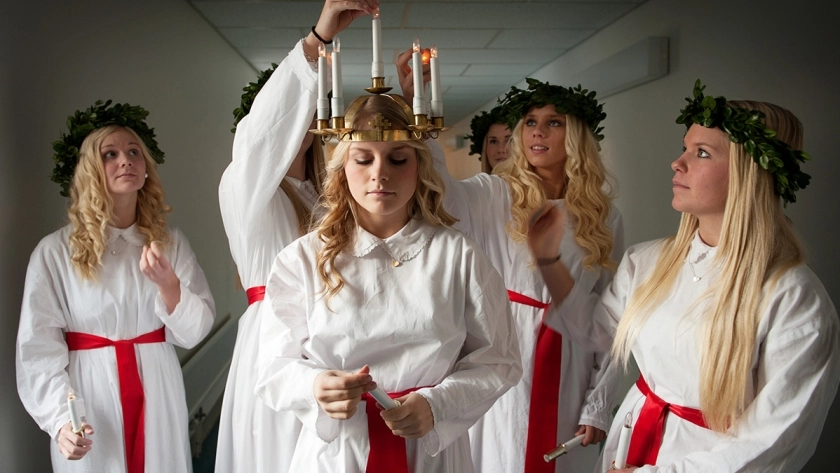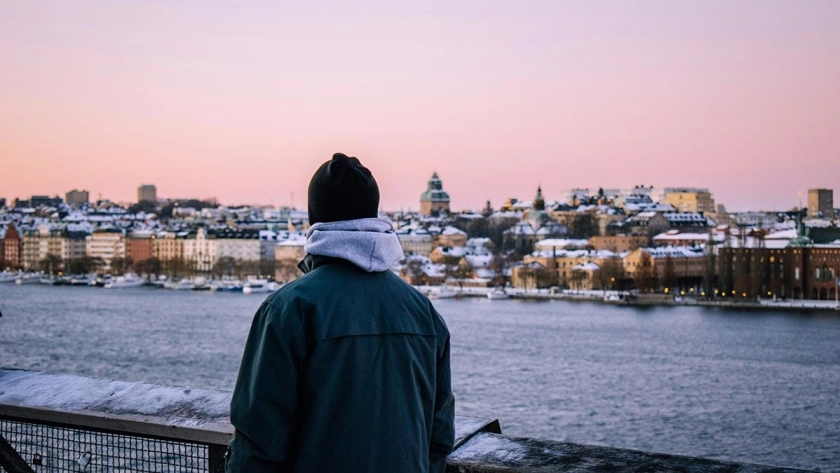
Creating a list of must-see attractions is always, in some way, a matter of personal choice, influenced by individual preferences and experiences. However, as a professional guide and expert on the city, familiar with the expectations of French- and Italian-speaking visitors, I have gained a unique perspective that gives me a certain legitimacy to propose this selection. My main goal is to guide you toward the sites and experiences that best help to understand the city and Swedish culture while offering an authentic and varied view.
Here is my carefully documented list of the 10 must-see attractions for a first stay in Stockholm.
1. Gamla Stan – Stockholm’s old town
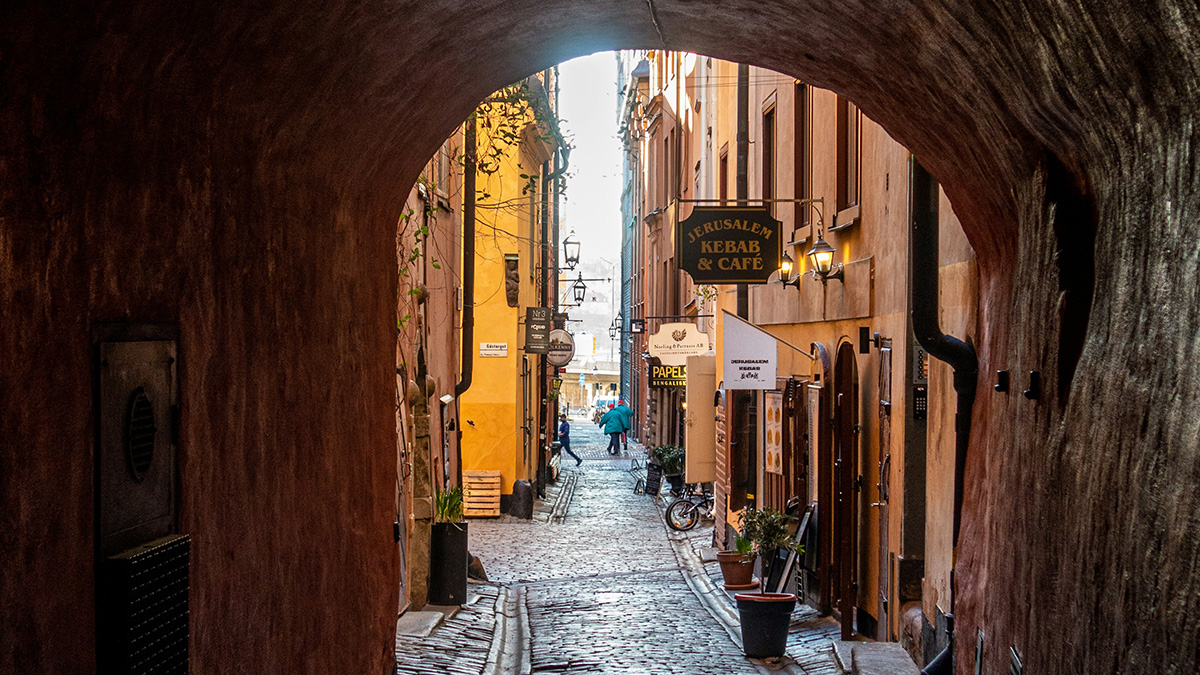
Gamla Stan, or the Old Town, is undoubtedly the historical heart of Stockholm and the perfect place to begin your exploration of the city's history. This medieval district, with its cobbled streets, colorful facades, and historic buildings, transports you back to the Middle Ages, right to the moment of the city’s foundation: the official date is 1252, and it was during this century that the very first version of the castle and the cathedral were erected, which still stand in the same locations today. Its narrow, cobbled streets remain the only visible testimony to the medieval era and the structure of the old city, as the rest of the Old Town is much more recent. As you stroll through this district, you'll also discover the fascinating history of the ground movements that shaped Stockholm (a city far from flat), with houses sometimes built on stilts that add to its unique charm. This walk will also allow you to see iconic buildings like the Royal Palace and the Cathedral, which you can visit at your leisure, with or without a guide: the Royal Palace offers an audio guide in English, and the cathedral provides a small pamphlet that you can take for free.
Finally, don't forget to check out the postcard view of Stockholm: the small historic square of Stortorget, the site of the infamous Stockholm Bloodbath, a dramatic event that has left a lasting mark on the Swedish mentality.
Book a tour in the old town with us
2. Stadshuset – The Stockholm city hall
The Stockholm City Hall, or Stadshuset, is undoubtedly one of the most iconic buildings in the city, an architectural masterpiece that truly deserves to be highlighted more in print guides. With its impressive 106-meter tower adorned with the three golden crowns (one of the strong symbols of Sweden) and its elegant red brick façades, this building (located on the island of Kungsholmen) is a symbol of Swedish cultural heritage.
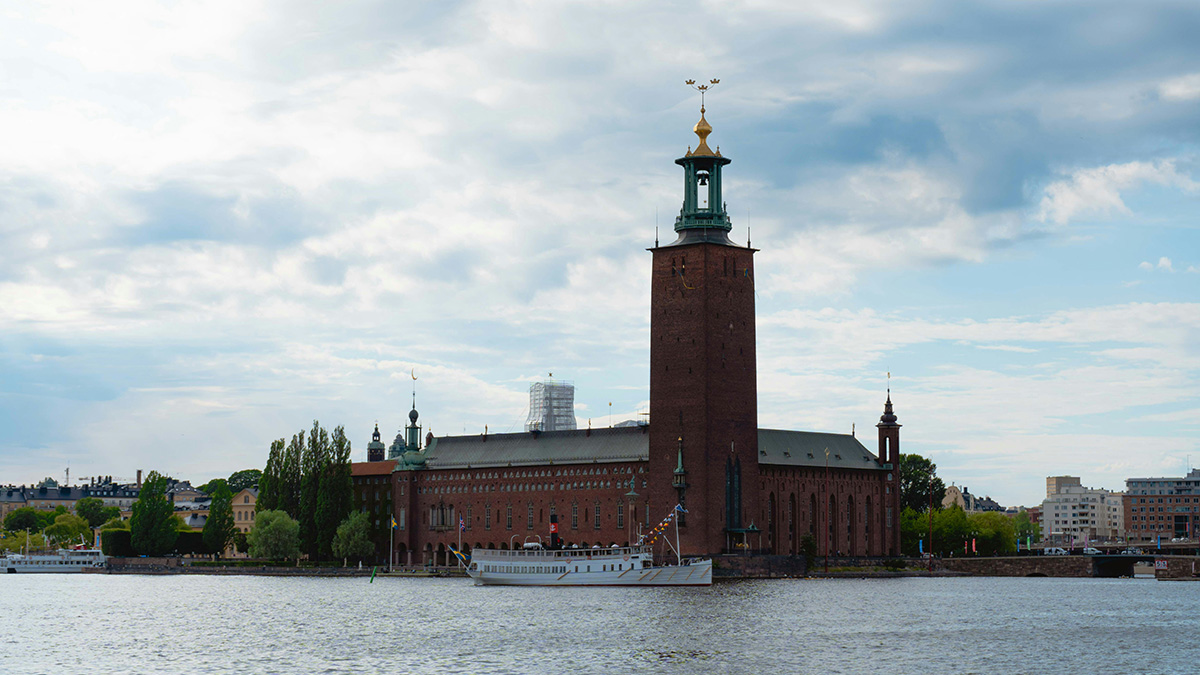 As soon as you enter the inner courtyard and encounter the unexpected display of its Italian Renaissance-style columns, you will be captivated and go from one pleasant surprise to another. The visit to the interior of the building, with its sumptuous halls, including the famous Blue Hall and Golden Hall, where the Nobel Prize banquets and ball are held, showcases exceptional craftsmanship and a unique, visionary architect. You can also visit the City Hall tower and enjoy breathtaking views of the city, but be aware that spots are limited, so be sure to book in advance if you want to take advantage of this opportunity (generally only available in spring and summer).
As soon as you enter the inner courtyard and encounter the unexpected display of its Italian Renaissance-style columns, you will be captivated and go from one pleasant surprise to another. The visit to the interior of the building, with its sumptuous halls, including the famous Blue Hall and Golden Hall, where the Nobel Prize banquets and ball are held, showcases exceptional craftsmanship and a unique, visionary architect. You can also visit the City Hall tower and enjoy breathtaking views of the city, but be aware that spots are limited, so be sure to book in advance if you want to take advantage of this opportunity (generally only available in spring and summer).
Book a tour in the city all with us
3. Vasa Museet – The Vasa Museum
Often ranked as the top must-see attraction in the city, the Vasa Museum has become a true institution and a must-visit in Stockholm: it is impossible to leave the city without seeing this unique museum, which has a strangely odor of failure. Located on the island of Djurgården, the Vasa Museum houses a warship commissioned in the 17th century by a king blinded by power, Gustav II Adolf. This ship, named Vasa, sank after just a few minutes of sailing and was found and brought to the surfave three centuries later to be displayed in the museum of the same name.
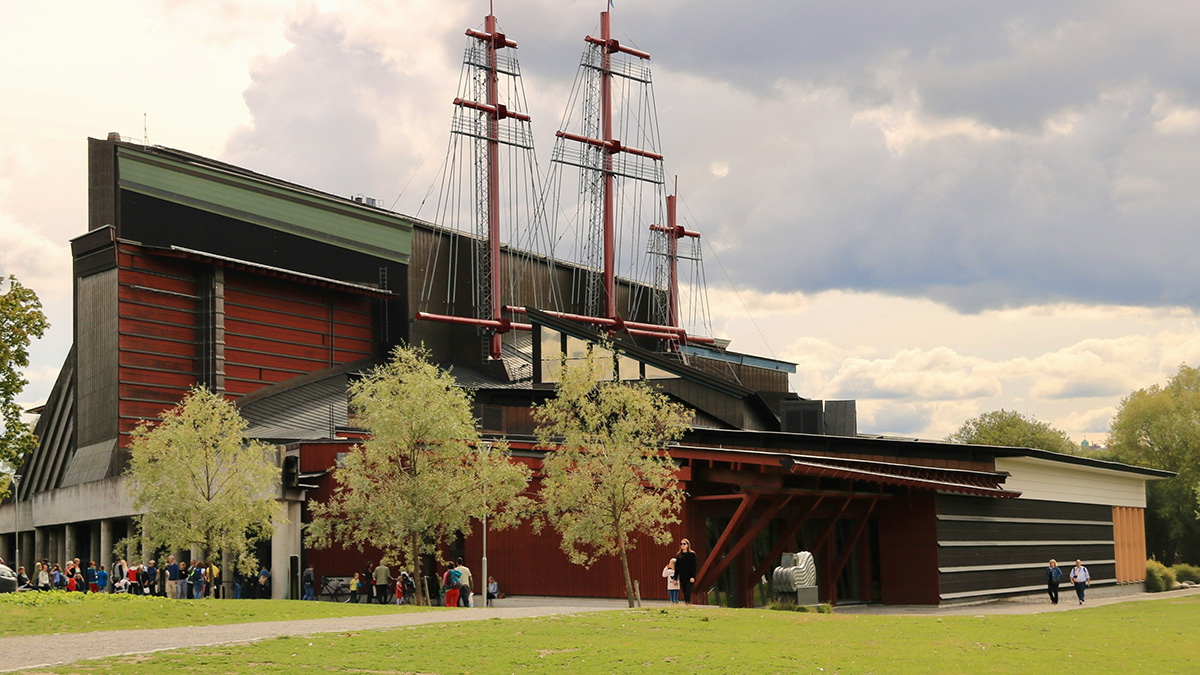 Upon entering the museum, you will be captivated by this unique archaeological treasure and the impressive size of the vessel. Its almost perfect state of preservation allows you to fully imagine the sailing conditions of the 17th century. The museum offers several exhibitions arranged on multiple levels and all around the ship: one on life aboard, which showcases the concrete organization of life on the ship through scattered artifacts found around it; another on the construction site of the Vasa; another on the archaeological techniques used to raise the ship; and finally, an emotional exhibition paying tribute to the men and women who lost their lives on the vessel.
Upon entering the museum, you will be captivated by this unique archaeological treasure and the impressive size of the vessel. Its almost perfect state of preservation allows you to fully imagine the sailing conditions of the 17th century. The museum offers several exhibitions arranged on multiple levels and all around the ship: one on life aboard, which showcases the concrete organization of life on the ship through scattered artifacts found around it; another on the construction site of the Vasa; another on the archaeological techniques used to raise the ship; and finally, an emotional exhibition paying tribute to the men and women who lost their lives on the vessel.
Lastly, a little tip: be sure to check the museum’s website for the schedule of the 20-minute film screened in the museum, which tells the two stories of the Vasa (its voyage and recovery). This film is shown at 20-minute intervals in various languages, including English, French, Italian, and Spanish.
Book a tour in the Vasa museum with us
4. Skansen – the open-air museum
Located on the island of Djurgården, Skansen, the open-air museum founded in 1891 by ethnologist Arthur Hazelius, is recognized as the oldest open-air museum in the world. This pioneering museum offers a very realistic immersion into Swedish culture and traditions through a carefully organized display of historical houses and buildings, all set within a 200,000 square meter area, providing an instructive and entertaining half-day experience!
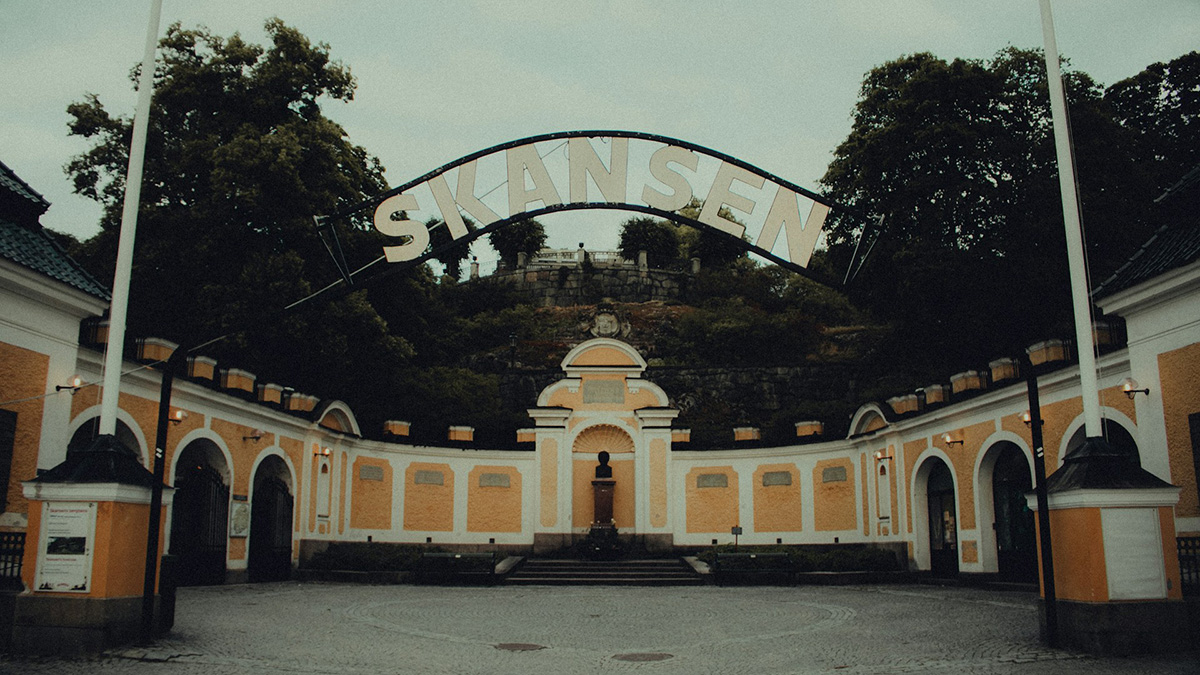 The interior of the park/museum is organized into different sections, representing various aspects of life in Sweden, including architecture from north to south, craftsmanship, and local traditions before the arrival of industrialization. Visitors can observe artisans at work, participate in demonstrations of traditional crafts, and even attend cultural events throughout the year.
The interior of the park/museum is organized into different sections, representing various aspects of life in Sweden, including architecture from north to south, craftsmanship, and local traditions before the arrival of industrialization. Visitors can observe artisans at work, participate in demonstrations of traditional crafts, and even attend cultural events throughout the year.
In addition to its impressive collection of buildings, Skansen also houses a Nordic zoo, which is perfect for families looking to explore local wildlife and discover iconic animal species from the region. Today, eco-museums are in vogue and are often valued for their ability to promote sustainable development and the preservation of local traditions. Skansen has been a pioneer in this field, establishing a model that has inspired many contemporary museums.
Book a tour in Skansen with us
5. Kungliga Slottet – The royal palace
The Royal Palace is still considered the official residence of the Swedish royal family today, even though they have not lived there since 1982. The king and queen still host official visits there. Located in the heart of Gamla Stan, the royal palace, with its more than 651 rooms with windows, is a gigantic building that was rebuilt in the Italian Baroque style in 1754 after the fire that ravaged the original palace on the night of May 6, 1697.
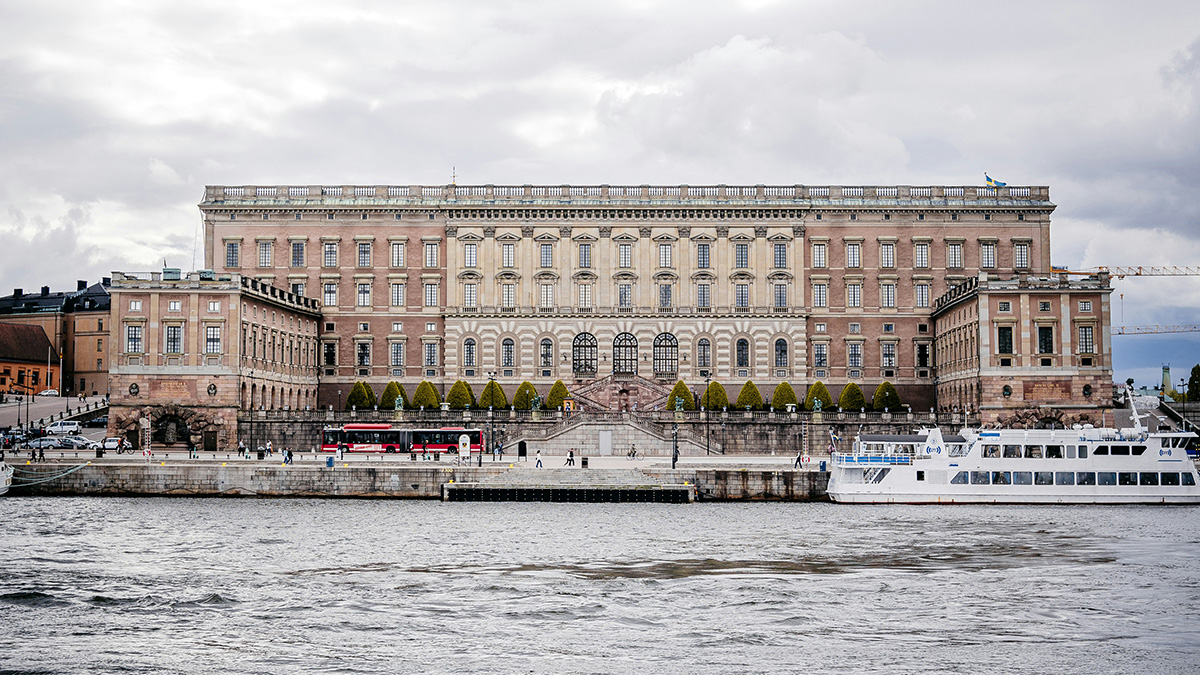 Each of the rooms inside exudes royal elegance, combining Baroque and Rococo styles that reflect several centuries of Swedish history: the throne room, where you can see the famous silver throne of Queen Kristina, a strong symbol of the Swedish monarchy; the council chamber, where the king meets with the Swedish government three times a year to discuss major decisions and where the renowned Gustav III held the famous "dinner ceremony"; the Charles XI gallery, inspired by the famous Hall of Mirrors at Versailles; and the Bernadotte gallery, which showcases the various members of the eponymous dynasty.
Each of the rooms inside exudes royal elegance, combining Baroque and Rococo styles that reflect several centuries of Swedish history: the throne room, where you can see the famous silver throne of Queen Kristina, a strong symbol of the Swedish monarchy; the council chamber, where the king meets with the Swedish government three times a year to discuss major decisions and where the renowned Gustav III held the famous "dinner ceremony"; the Charles XI gallery, inspired by the famous Hall of Mirrors at Versailles; and the Bernadotte gallery, which showcases the various members of the eponymous dynasty.
Outside the palace, in the round courtyard, don’t miss the changing of the guard, which takes place every day from Monday to Saturday at 12:15 PM, a symbolic parade that attracts crowds of spectators. If you visit Stockholm on a Sunday, it takes place at 1:15 PM.
Book a tour in the Royal palace with us
6. Abba Museet – the ABBA museum
For music fans, as well as for all the curious, the ABBA Museum has become a must-see attraction over time, providing a perfect opportunity to have fun while rediscovering this iconic group, a cornerstone of the international music scene and a true Swedish symbol known or recognized by young and old alike.
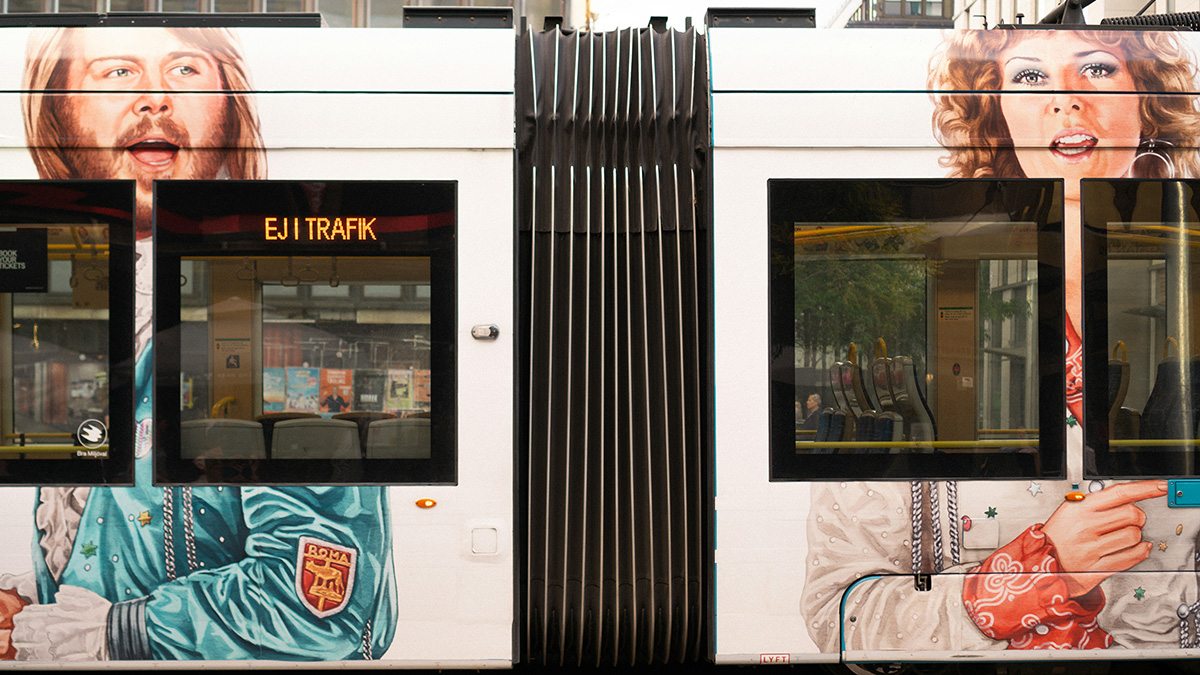 The highly interactive museum celebrates the legendary Swedish pop group with exhibitions and immersive experiences, such as the opportunity to step onto a stage and sing and dance with holograms of the band members. Don’t forget your cameras; memorable souvenirs and guaranteed laughter await! However, to be pragmatic, it’s advisable to book your ticket online, as there can be quite long lines if you don’t take this precaution.
The highly interactive museum celebrates the legendary Swedish pop group with exhibitions and immersive experiences, such as the opportunity to step onto a stage and sing and dance with holograms of the band members. Don’t forget your cameras; memorable souvenirs and guaranteed laughter await! However, to be pragmatic, it’s advisable to book your ticket online, as there can be quite long lines if you don’t take this precaution.
7. The Stockholm metro – The longest Art gallery in the world
The Stockholm Metro is not just a means of transportation; it is also an art gallery that has developed over time since the 1950s. Out of the 100 metro stations in the city of Stockholm, more than 90 include a work of art, some in a subtle manner, while others offer truly immersive experiences.
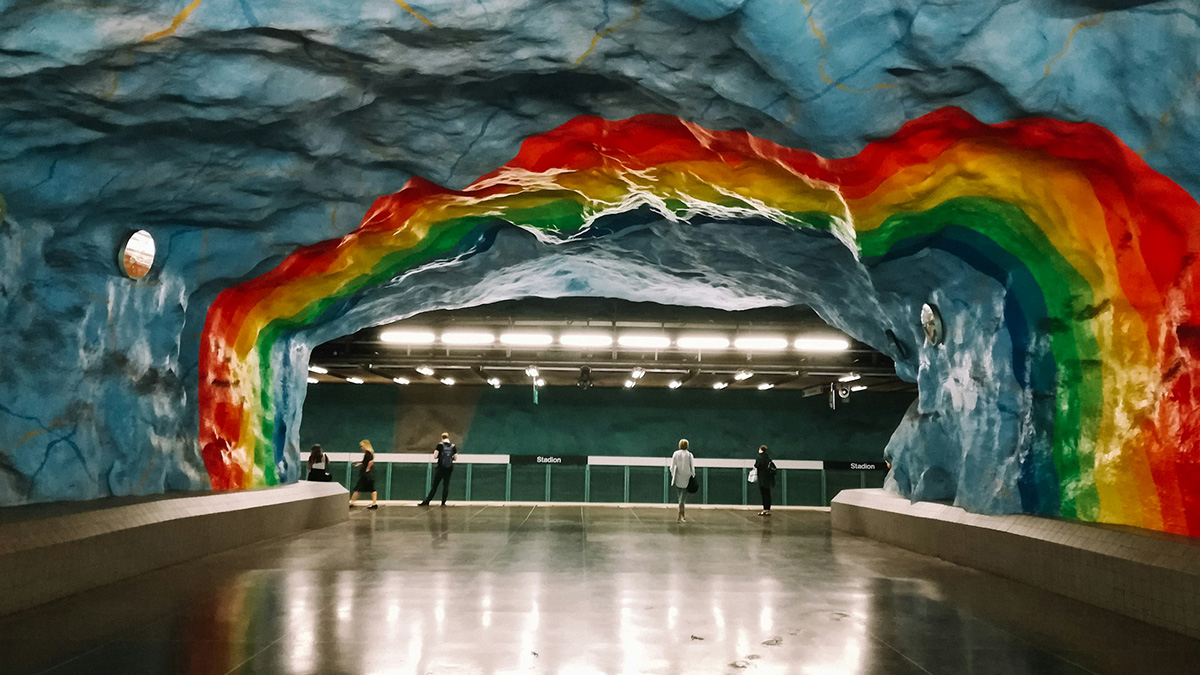 Several stations are decorated conceptually and spectacularly around a theme, particularly on the blue line, built in the 1970s beneath the two pre-existing lines, offering a slightly different rock quality that allows for designs worthy of the greatest film studios. This feature of the Stockholm metro is now spreading to other forms of transportation in the city, such as the commuter train, which is also seeking its artistic touch: in 2017, two major transfer stations were inaugurated—Stockholm City and Odenplan—both of which are now decorated with contemporary art. This discovery is a great idea for taking original photos with family or friends and is sure to appeal to Instagram enthusiasts.
Several stations are decorated conceptually and spectacularly around a theme, particularly on the blue line, built in the 1970s beneath the two pre-existing lines, offering a slightly different rock quality that allows for designs worthy of the greatest film studios. This feature of the Stockholm metro is now spreading to other forms of transportation in the city, such as the commuter train, which is also seeking its artistic touch: in 2017, two major transfer stations were inaugurated—Stockholm City and Odenplan—both of which are now decorated with contemporary art. This discovery is a great idea for taking original photos with family or friends and is sure to appeal to Instagram enthusiasts.
Book a tour in the metro with us
8. Södermalm – The bohemian and creative district of Stockholm
Södermalm is one of the trendiest and most creative neighborhoods in Stockholm, perfect for strolling and immersing yourself in Swedish daily life. Once a working-class area, Södermalm has now become the hipster district of Stockholm and a must-visit spot for art lovers, fashion enthusiasts, coffee aficionados, and vintage shop hunters.
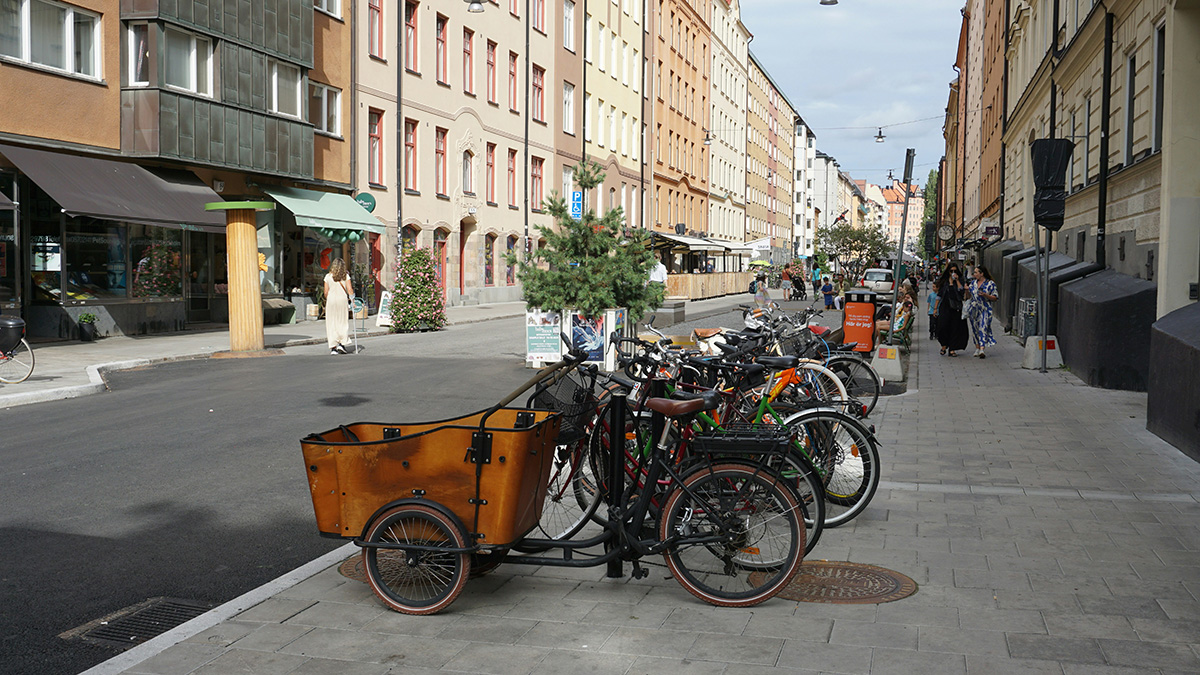 The neighborhood is divided into sub-districts, such as SoFo (South of Folkungagatan), famous for its cozy cafés, innovative restaurants, and Swedish design shops. Götgatan offers numerous shopping options, while Monteliusvägen is a scenic walkway that provides exceptional views of the Old Town and Riddarfjärden. For fans of street art and alternative culture, Södermalm is the perfect place. The bohemian atmosphere is also felt in the many bars and bistros where locals gather in the evening, and the district is home to Fotografiska, the renowned photography museum.
The neighborhood is divided into sub-districts, such as SoFo (South of Folkungagatan), famous for its cozy cafés, innovative restaurants, and Swedish design shops. Götgatan offers numerous shopping options, while Monteliusvägen is a scenic walkway that provides exceptional views of the Old Town and Riddarfjärden. For fans of street art and alternative culture, Södermalm is the perfect place. The bohemian atmosphere is also felt in the many bars and bistros where locals gather in the evening, and the district is home to Fotografiska, the renowned photography museum.
Book a tour in Södermalm with us
9. Fotografiska - The photography museum
Located in the old customs house of Stockholm, on the Södermalm waterfront, Fotografiska is the photography museum of Stockholm. Inaugurated in 2010, this venue features temporary exhibitions of contemporary international and local photographers, covering a wide range of styles and themes, from abstract art to impactful social subjects.
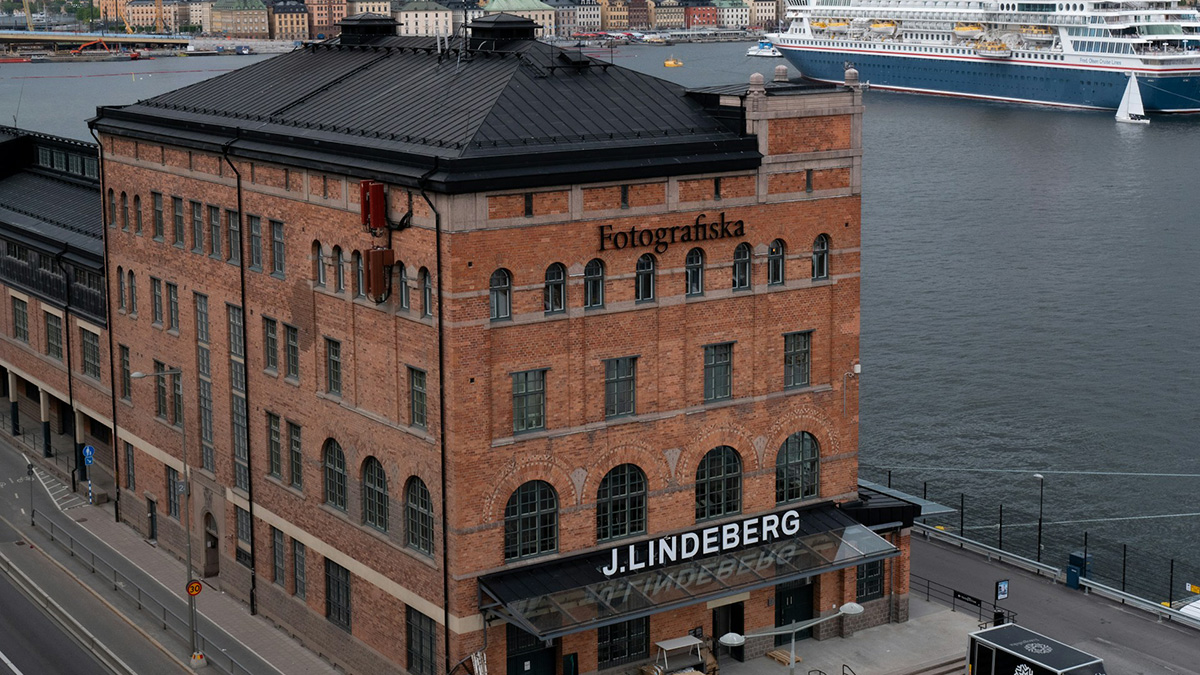 In addition to the exhibitions, Fotografiska is known for its creative atmosphere and modern spaces, including a café/restaurant with stunning panoramic views of the water and the city. The museum also houses an award-winning sustainable restaurant, run by a chef who highlights Swedish cuisine with local and seasonal ingredients.
In addition to the exhibitions, Fotografiska is known for its creative atmosphere and modern spaces, including a café/restaurant with stunning panoramic views of the water and the city. The museum also houses an award-winning sustainable restaurant, run by a chef who highlights Swedish cuisine with local and seasonal ingredients.
Book a tour in Fotografiska with us
10. A boat tour of the city – or the archipelago
Stockholm is a city built on water and surrounded by an archipelago of over 30,000 islands, islets, and reefs, offering a wide range of opportunities to explore. A boat tour of the city allows you to appreciate its uniqueness and beauty while enjoying the soothing pace of a cruise.
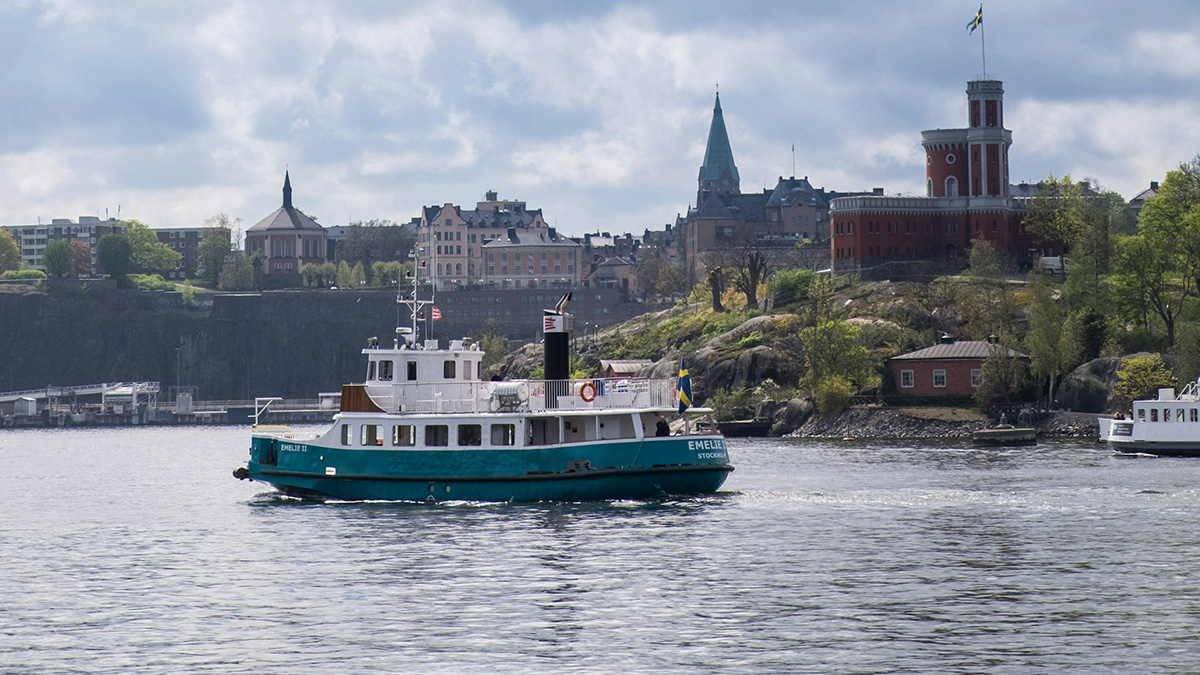
The cruises vary in duration and route, but all offer magnificent panoramas of the Nordic landscapes, featuring forests and sparkling waters. It’s a relaxing experience that showcases Stockholm and its surroundings from a different perspective. The Stromma website, the local boat company for tourists, brings together several tour options, but feel free to consult us if you wish to take the line boats that also allow you to explore the city and the archipelago at your own pace.
 en
en FR
FR IT
IT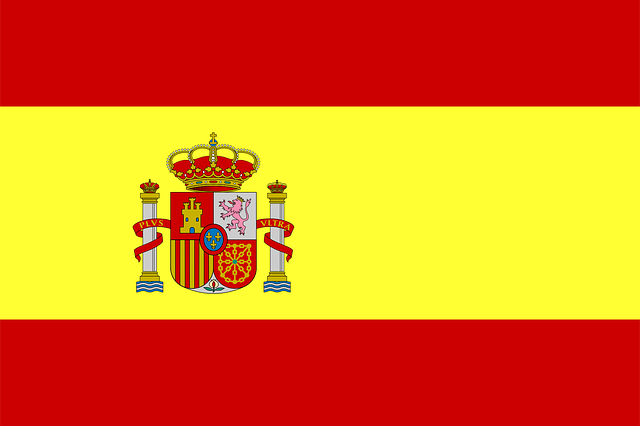 ES
ES
